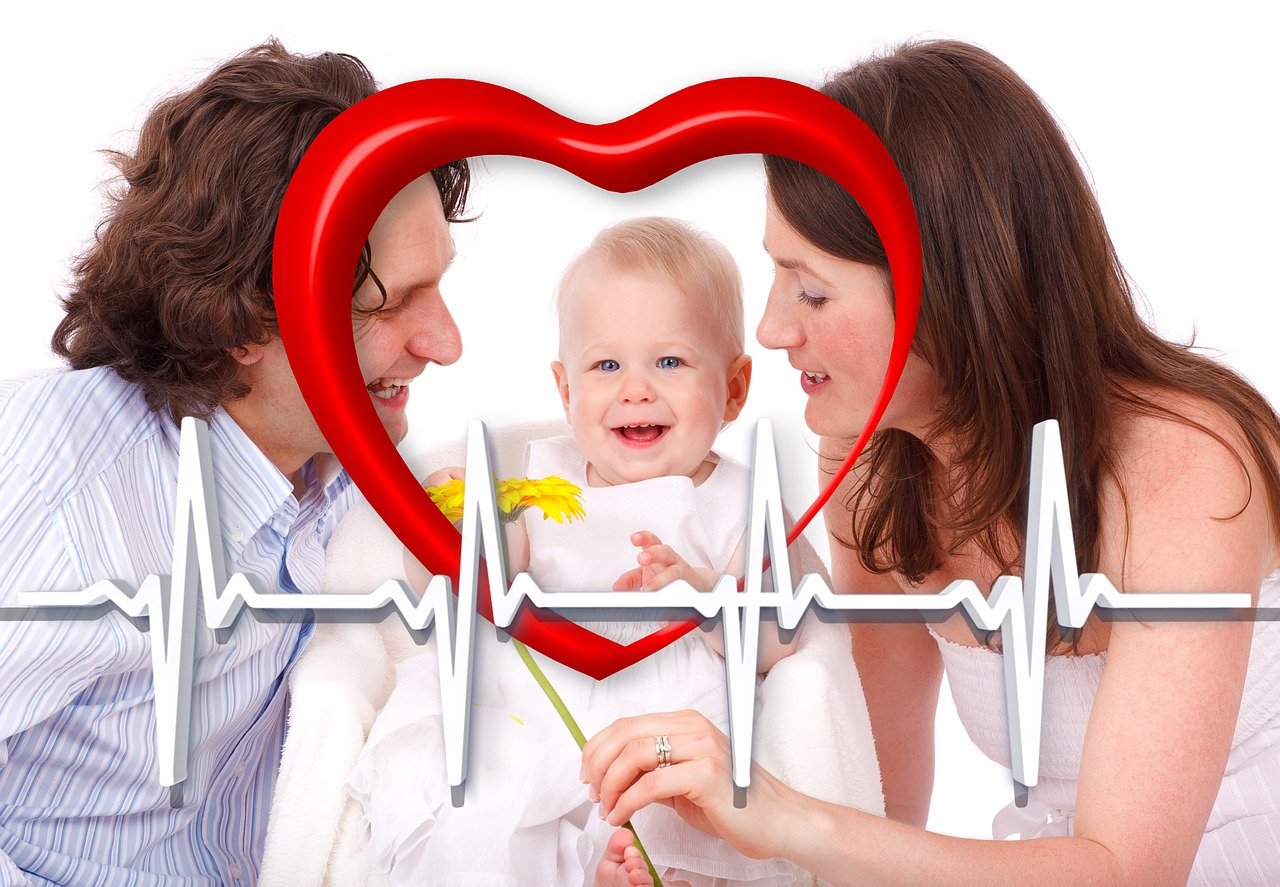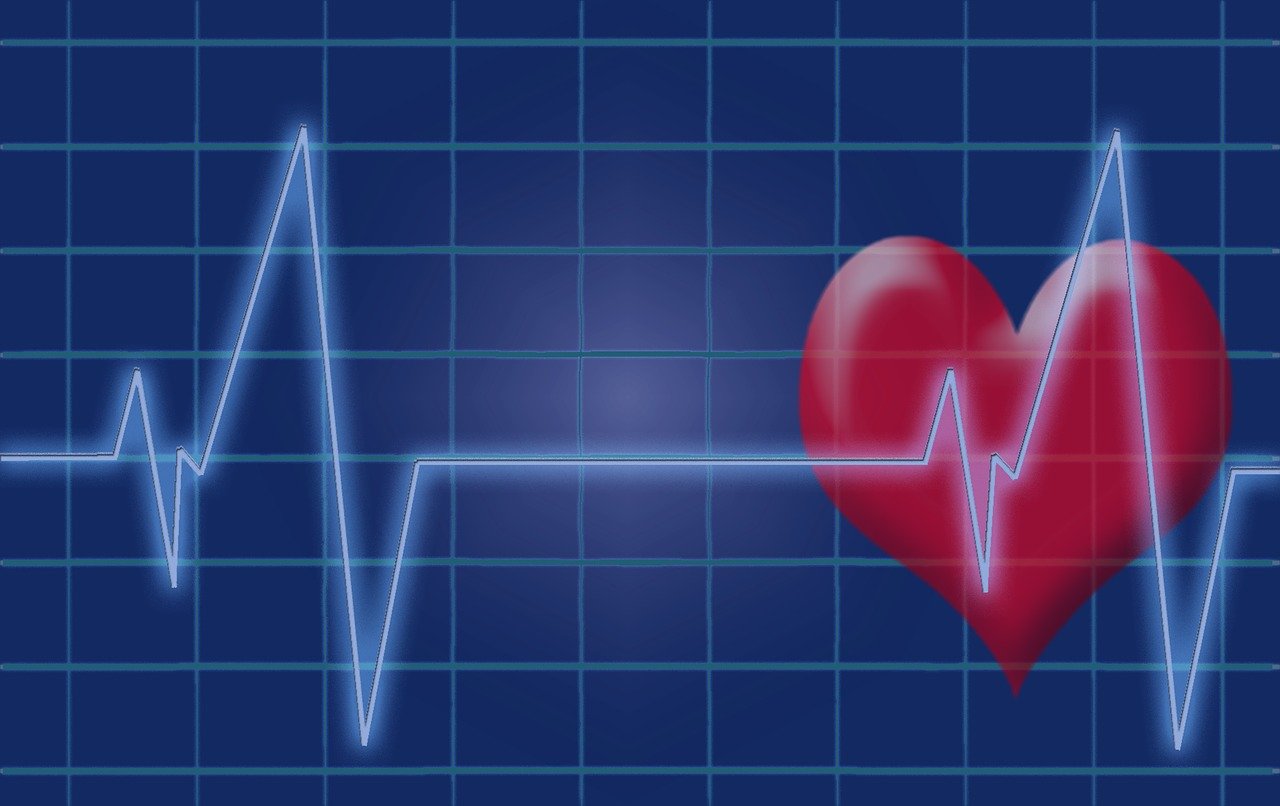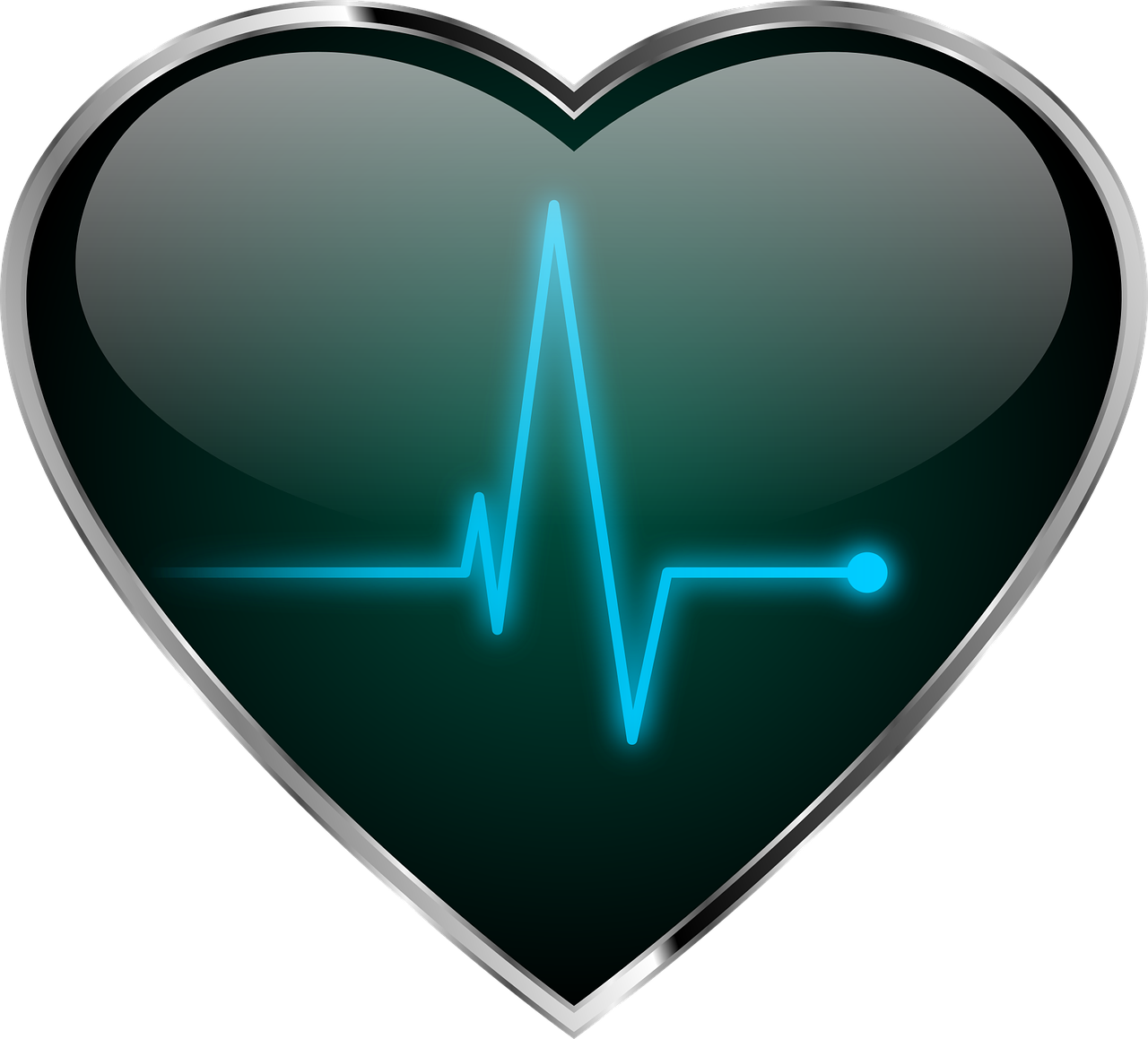Introduction
Congenital heart diseases (CHD) are a group of medical conditions affecting the structure and function of the heart that are present at birth. These conditions are among the most common birth defects, occurring in approximately 1 out of every 100 live births. While some CHDs are mild and may not require immediate intervention, others can be life-threatening and demand prompt medical attention. Understanding the causes, symptoms, and treatment options for congenital heart diseases in children is essential to improve early detection, management, and overall outcomes.
Table of Contents
- Causes of Congenital Heart Diseases
- Common Types of Congenital Heart Diseases
- Symptoms and Diagnosis
- Treatment Options
Causes of Congenital Heart Diseases
The exact causes of congenital heart diseases are often complex and may involve a combination of genetic, environmental, and lifestyle factors. In many cases, the specific cause remains unknown. However, several risk factors have been identified:
- Genetic Factors: Certain congenital heart diseases have been linked to genetic abnormalities inherited from one or both parents. Studies have shown that children with a family history of CHD are at a higher risk of developing similar heart defects.
- Environmental Factors: Prenatal exposure to certain substances, such as alcohol, drugs, or infections like rubella, can increase the risk of CHDs in the baby.
- Chromosomal Abnormalities: Some congenital heart diseases are associated with chromosomal disorders, such as Down syndrome, Turner syndrome, or 22q11.2 deletion syndrome.
- Maternal Health: Poor maternal health, uncontrolled diabetes, obesity, and advanced maternal age have also been associated with an increased risk of CHDs in children.
Common Types of Congenital Heart Diseases
There are numerous types of congenital heart diseases, each affecting different parts of the heart. Some common types include:
Ventricular Septal Defect (VSD): This is a hole in the wall (septum) that separates the heart’s lower chambers (ventricles). It leads to improper blood flow between the chambers.
Atrial Septal Defect (ASD): ASD is a hole in the wall that separates the heart’s upper chambers (atria), leading to abnormal blood flow between them.
Tetralogy of Fallot (TOF): TOF is a combination of four heart defects, including a VSD, pulmonary stenosis (narrowing of the pulmonary valve), right ventricular hypertrophy (thickening of the right ventricle wall), and an overriding aorta (the aorta is positioned over the VSD).
Transposition of the Great Arteries (TGA): TGA is a condition where the positions of the pulmonary artery and the aorta are switched, leading to improper circulation of oxygenated and deoxygenated blood.
Coarctation of the Aorta: In this condition, the aorta narrows, causing a decrease in blood flow to the lower part of the body.
Symptoms and Diagnosis
Symptoms of congenital heart diseases can vary widely depending on the type and severity of the defect. Some common symptoms in infants and children include:
- Cyanosis (bluish tint to the skin, lips, and nails)
- Rapid breathing or breathlessness, especially during feeding or physical activity
- Poor weight gain and growth
- Fatigue and difficulty in engaging in regular activities
- Heart murmurs (abnormal heart sounds)
- Recurrent respiratory infections
Diagnosing CHDs typically involves a combination of techniques, including:
Physical Examination: A pediatrician may detect abnormal heart sounds or other physical signs during routine check-ups.
Echocardiography: This non-invasive imaging technique uses ultrasound to create detailed images of the heart’s structure and function, helping to identify heart defects.
Electrocardiography (ECG or EKG): An ECG records the heart’s electrical activity and can help identify irregularities.
Chest X-ray: This can provide additional information about the heart’s size and shape.
Treatment Options
The treatment for congenital heart diseases in children depends on the type and severity of the defect. Mild CHDs may not require immediate intervention and might resolve on their own or with medication. However, more complex or critical cases may require surgical procedures. Common treatment options include:
- Medications: Some medications can help control symptoms and manage certain heart defects.
- Catheter Procedures: In less severe cases, cardiac catheterization may be used to repair certain defects by inserting a thin tube (catheter) through blood vessels.
- Open-Heart Surgery: For more complex heart defects, open-heart surgery may be necessary to repair or correct abnormalities.
- Heart Transplant: In severe cases where the heart is irreversibly damaged, a heart transplant may be the only viable option.
Conclusion
Congenital heart diseases in children are a significant health concern that requires early detection and appropriate management. Advances in medical technology and surgical techniques have significantly improved the outcomes for children born with CHDs. Regular medical check-ups, early diagnosis, and timely interventions play a crucial role in providing affected children with a chance at a healthy and fulfilling life. Additionally, ongoing research into the causes and treatments of congenital heart diseases is essential to further improve the care and quality of life for these young patients.




